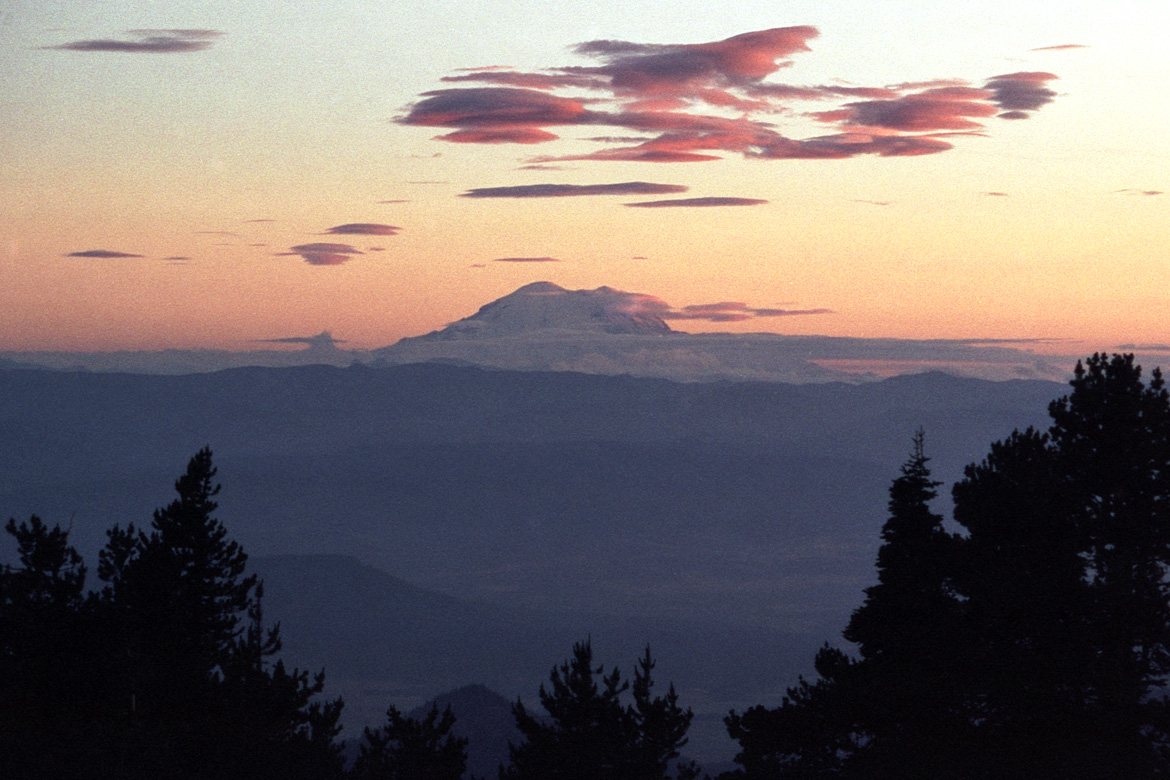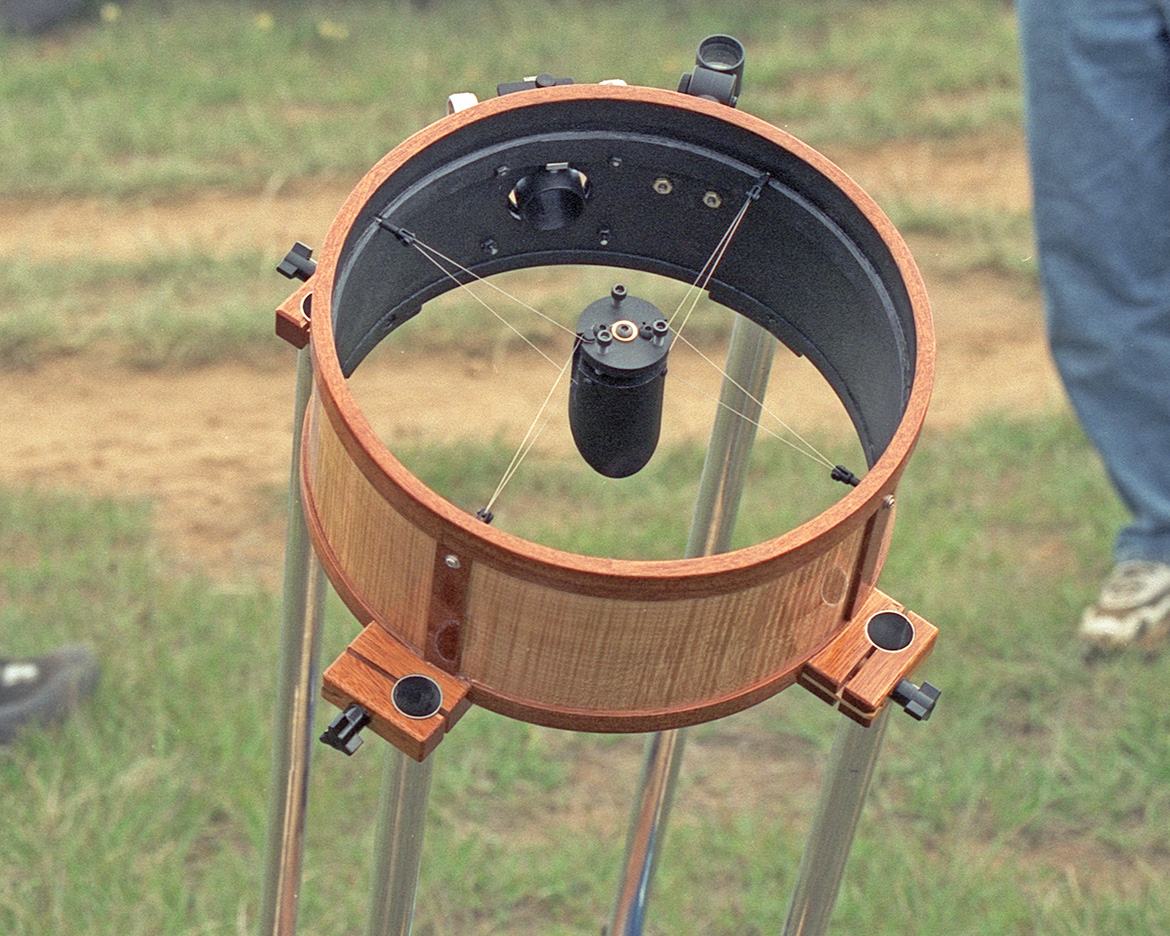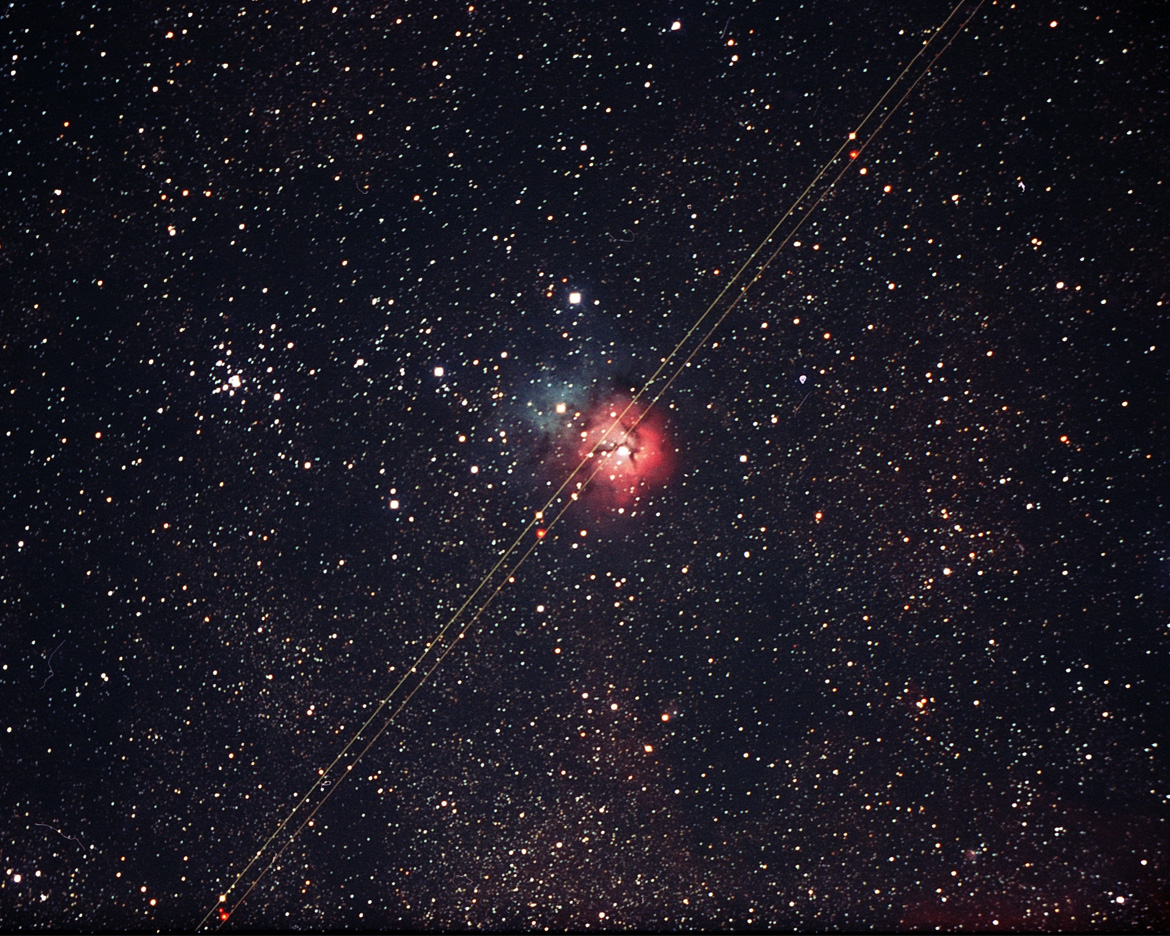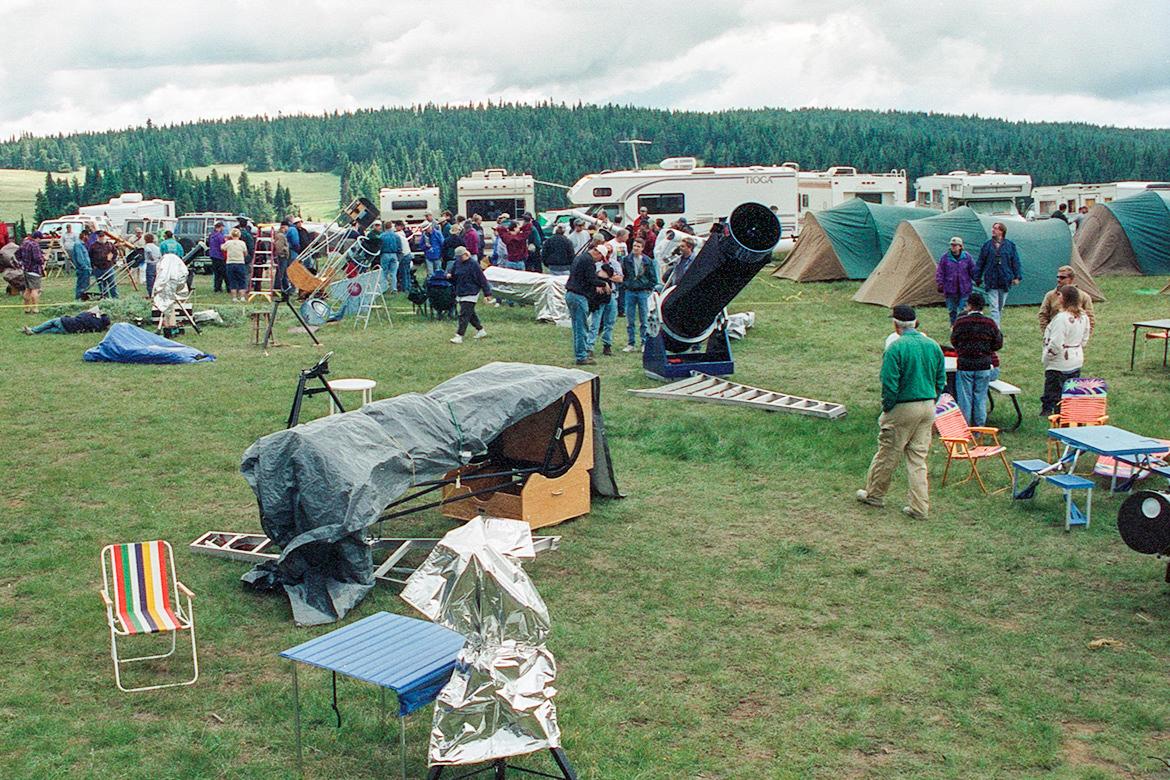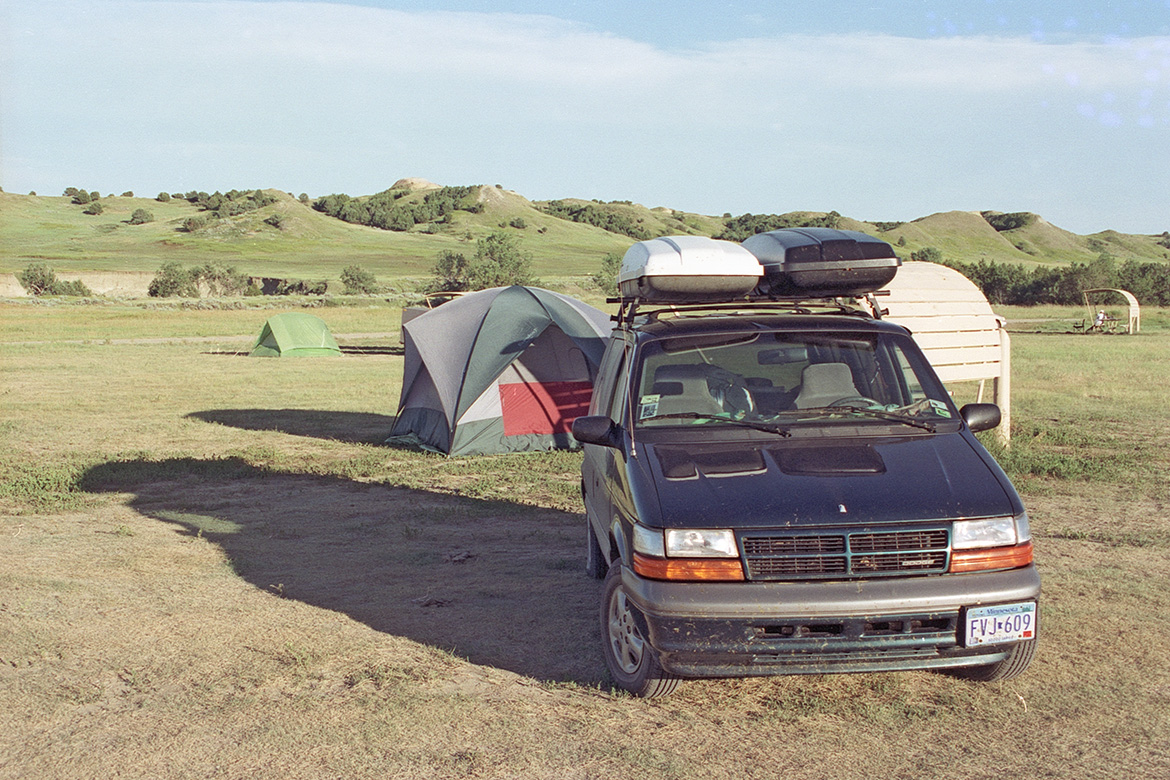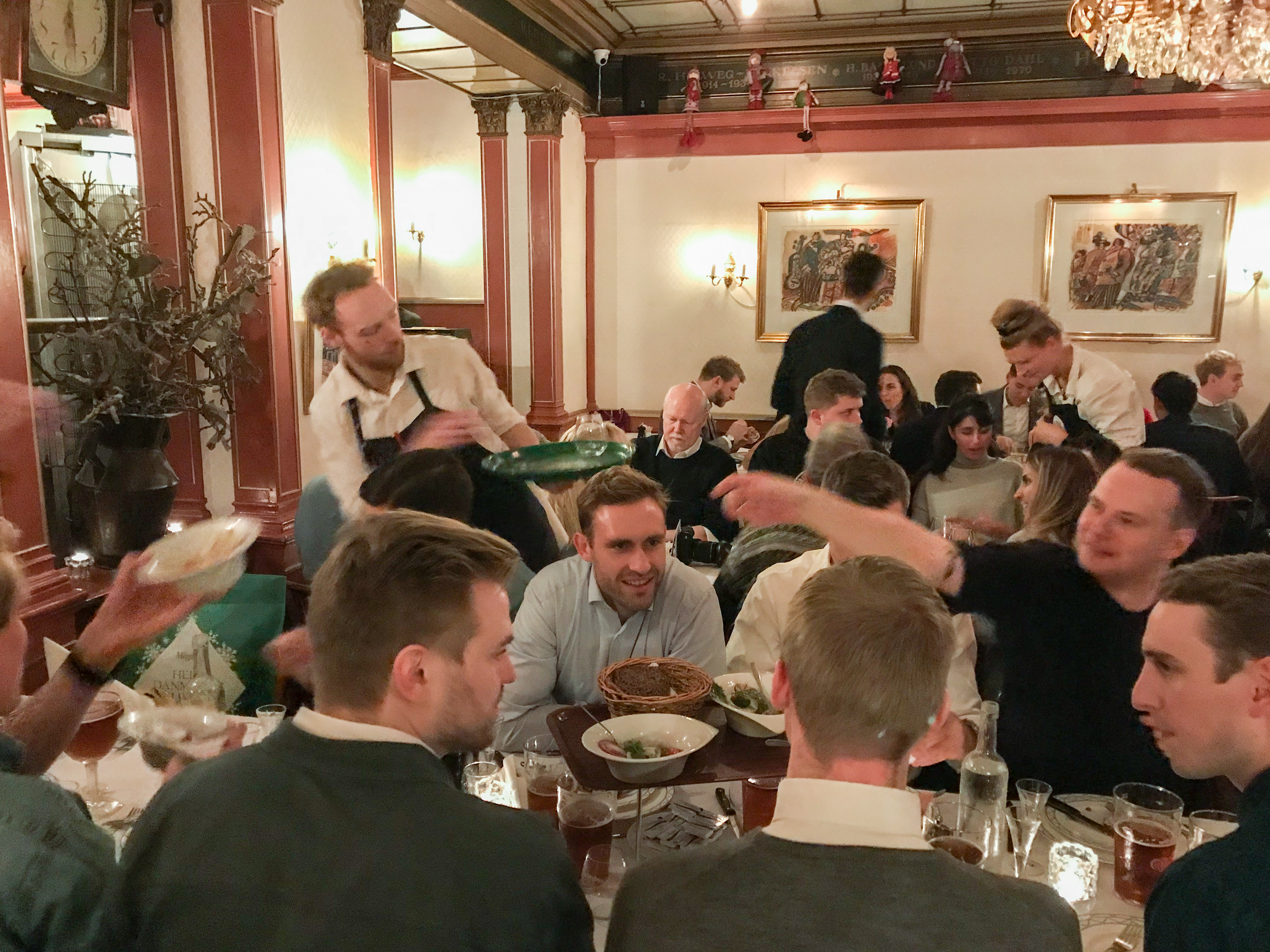
After checking in to our extremely compact room in Copenhagen (“you’ll find a towel, blanket and pillow for the second person in a drawer under the bed”), we decided to find a local establishment for dinner. The modern phone is an amazing tool for this as it allows you to locate restaurants within walking range, and even get a sense of their menu and pricing and how others have reviewed them.
We identified a candidate and walked the few blocks through the new winter night to find it. The European style bistro seemed just right for the occasion, so we entered and immediately found ourselves inside the coat check room. We weren’t sure we wanted to surrender our coats; it might be cold or drafty in there, but there was no option. All coats were checked; we were told that there simply wasn’t enough room inside.
Continue reading
